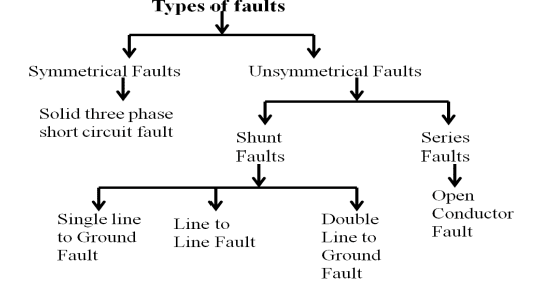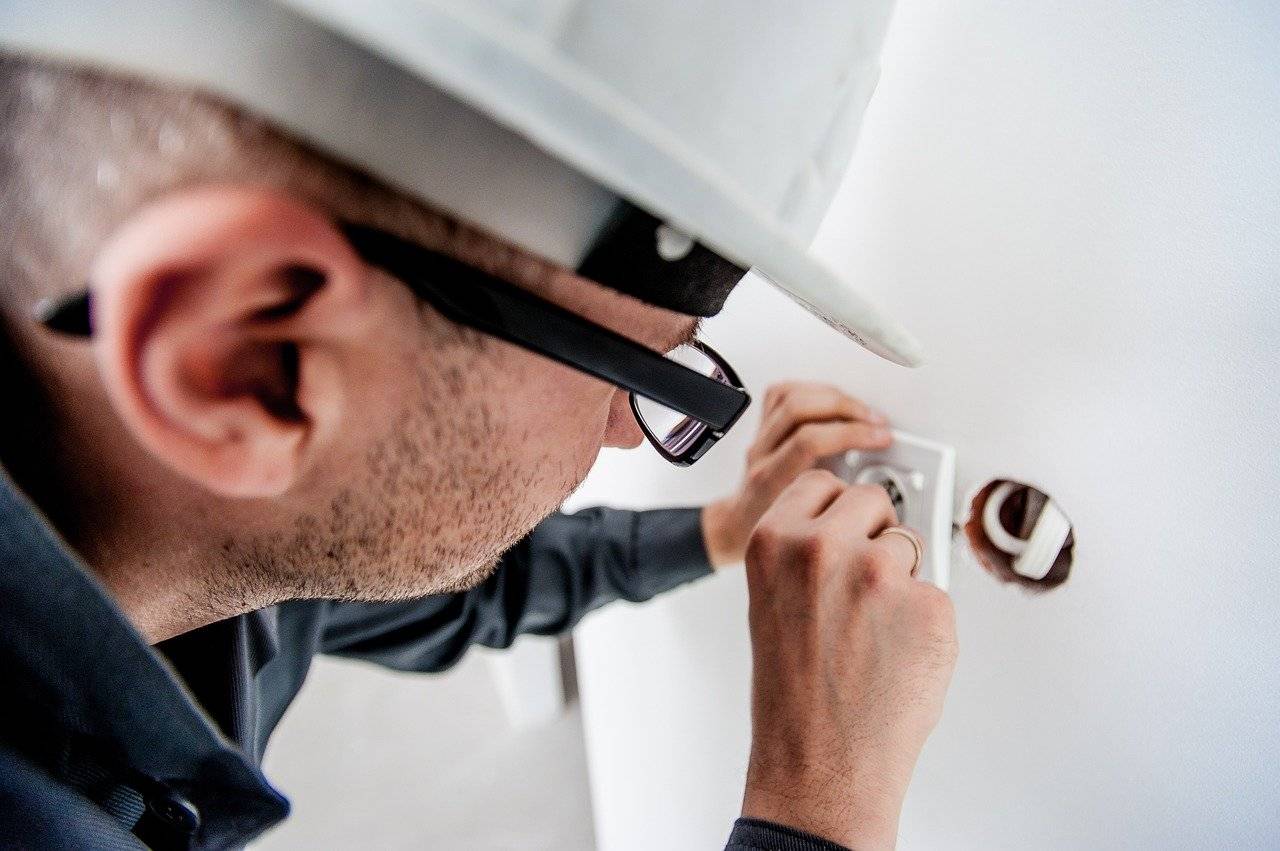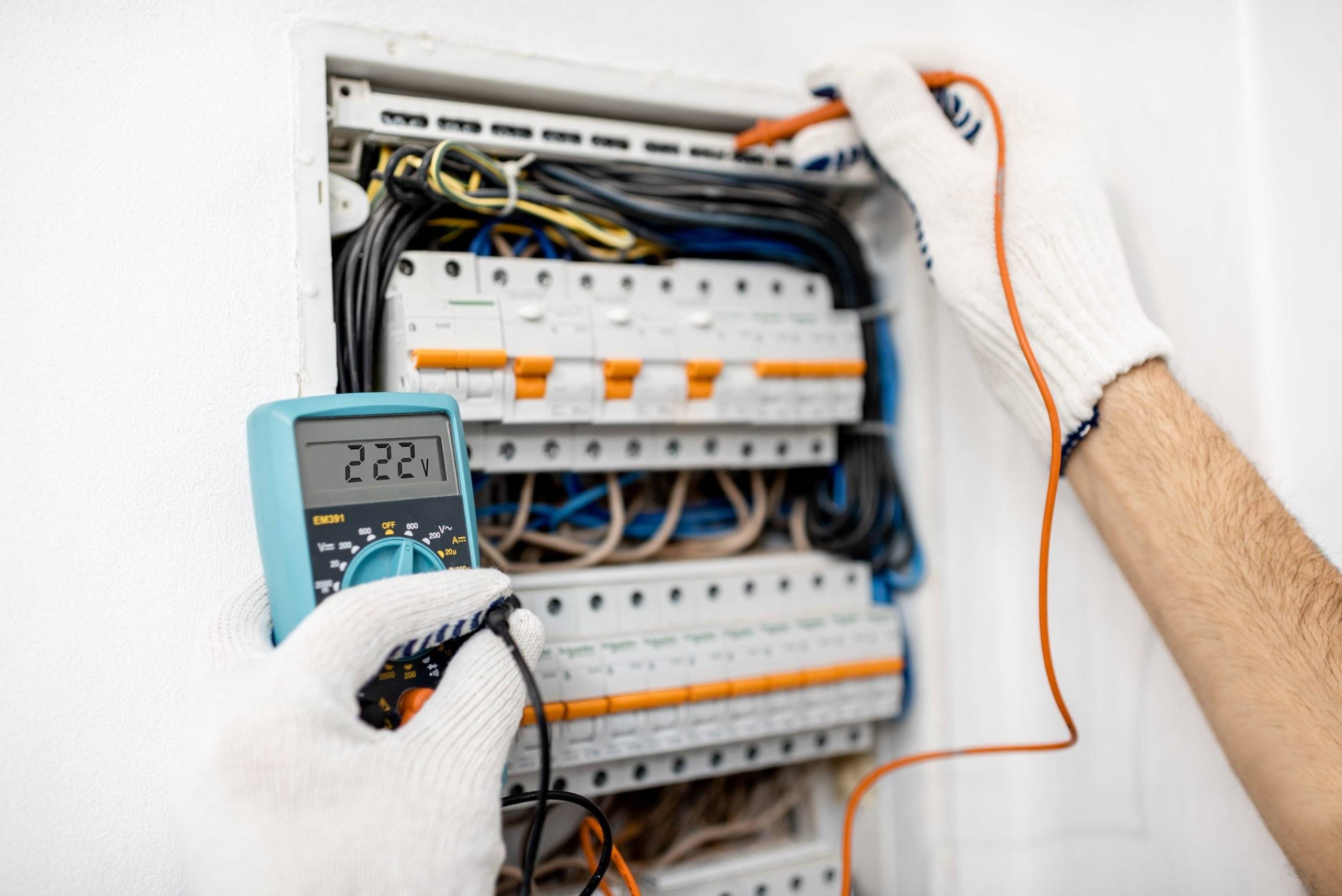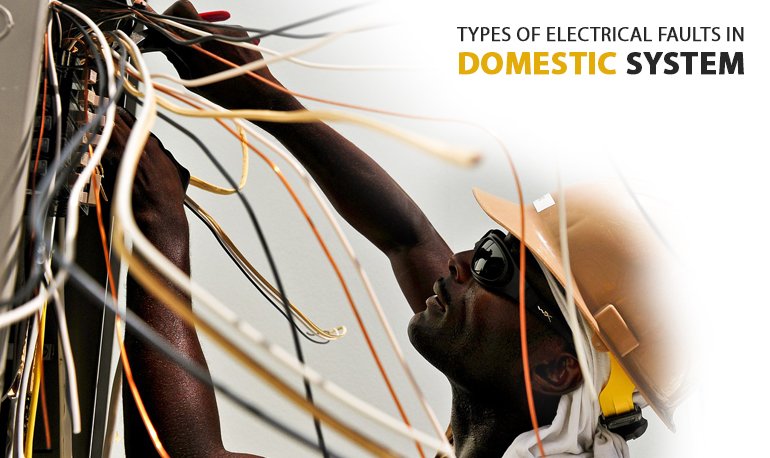Post Content
Safety is of the utmost importance when it comes to electrical faults, whether it is a flickering tube light, over-the-top electricity bills, power surges or damage to electronic appliances due to water or rain, or other reasons.
All of the issues mentioned earlier could be a sign of an electrical problem in your home circuit. Following are some of the most frequent electrical issues that can be identified and resolved with the most appropriate solution by yourself or you can ask your nearest electrician to perform a domestic electrical safety inspection.

Types of Electrical Faults in a Domestic System

1: Power Surges:
Power surges can be caused due to various reasons from damage to power cables, lightning strikes, or a defective electrical appliance. Keep in mind that even improper wiring around the house can lead to electrical surges.
Even though power surges last for a millisecond but frequent occurrence of such surges can damage and decrease the life of the electrical components of the appliances connected to power in your home.
To prevent or fix such power surges, you can use the following methods and additional techniques:
- Trimming Vegetation
- Surge Protectors
- Unplugging Unused Devices
2: Light Switches:
If you notice that the dimmer switches in your home are not adjusting the lights properly, it is mainly due to the cheap product or poor craftsmanship. However, if your switches are not working at all it is most probably a sign that there is a fault in the outlet, power cable wiring, or the power circuit itself.
It’s better to hire an electrician to check your outlet for spotting the root cause of the issue. Moreover, precautionary measures must be taken to prevent any short circuit.

3: Circuit Breaker Tripping:
Circuit breaker tripping continually is usually due to overload of power of high watt electrical appliances such as microwaves, hairdryers, or iron. This usually means that your house does not have enough power points to meet the demands of your high-wattage appliances.
You can use your appliances at a lower power consumption level to avoid circuit breaker tripping or alternatively use you can try using fewer appliances, that require high power, at the same time.
4: Electric Shock:
Electric shock is not something to be taken lightly, experiencing one could be very unpleasant and if proper care is not taken can cause serious injuries or can be fatal as well. Electrical shocks usually occur when electrical appliances are switched on or off. In such a scenario it is best to call an electrician to solve the problem.
5: Electricity Bill:
If you are getting a power bill that is way too high than usual, this most likely means that either there is damaged wiring within your house or the circuit is damaged. Once again it is best if you speak with an electrician regarding this matter and come up with a solution.
6: Lights Burning:
One of the most common electrical faults at home is light bulbs or tube lights burning out way more often and frequently. There could be various reasons for such faults, for instance, perhaps the wattage of the bulb is way too high, poor wiring of the circuit, bad connection on the circuit or the total wattage allowed on one switch exceeds the limit.


